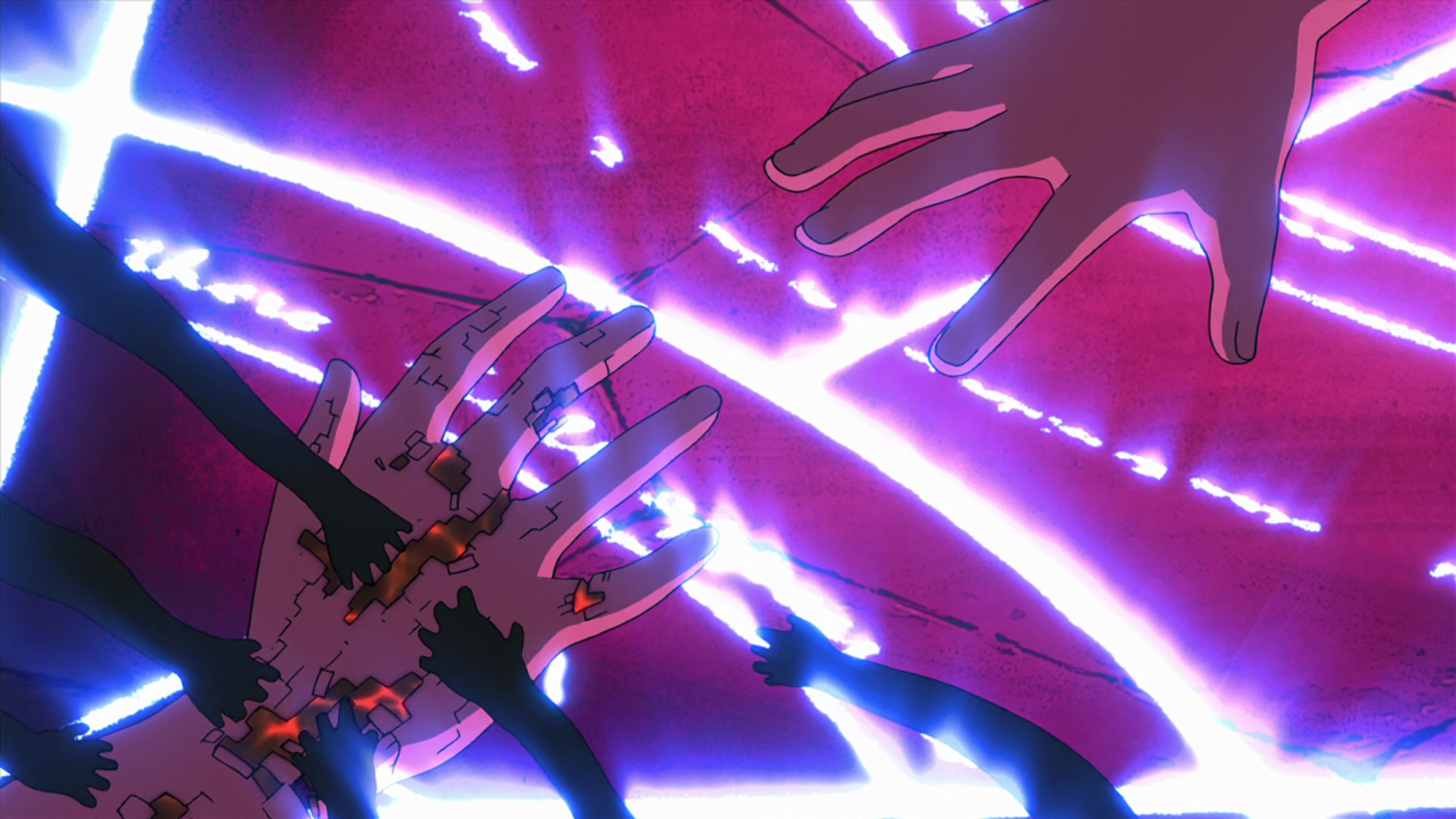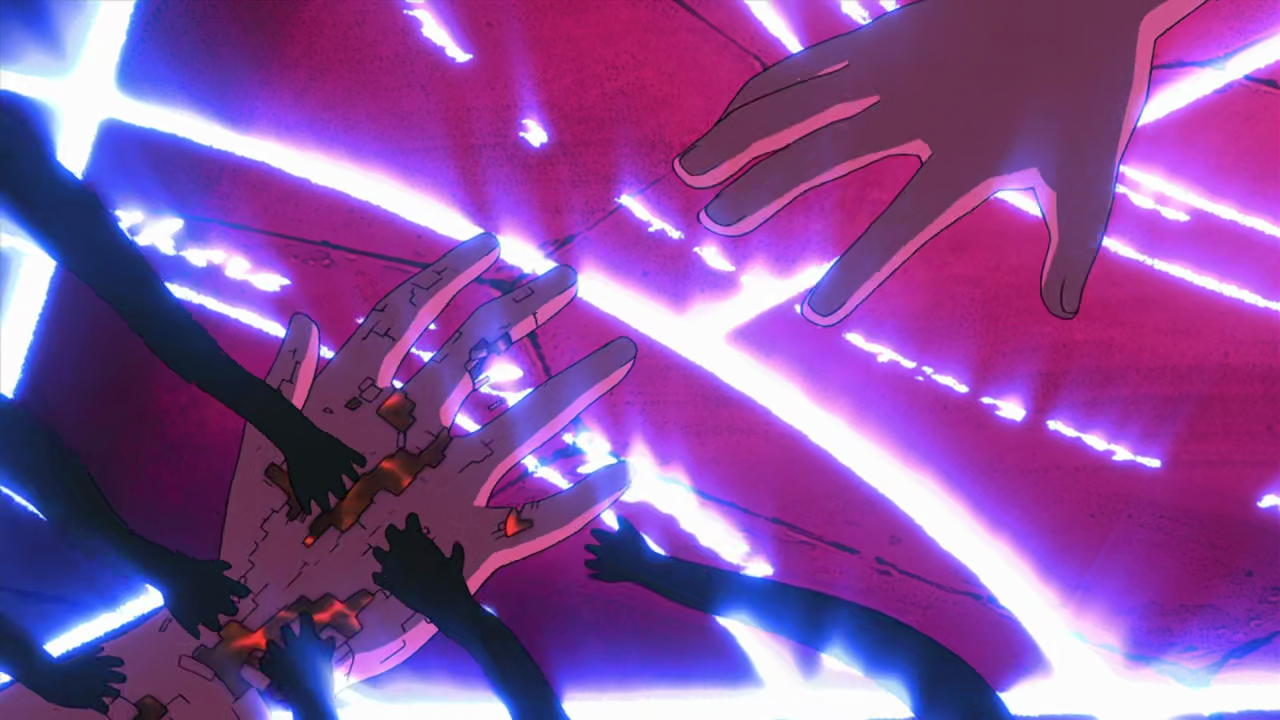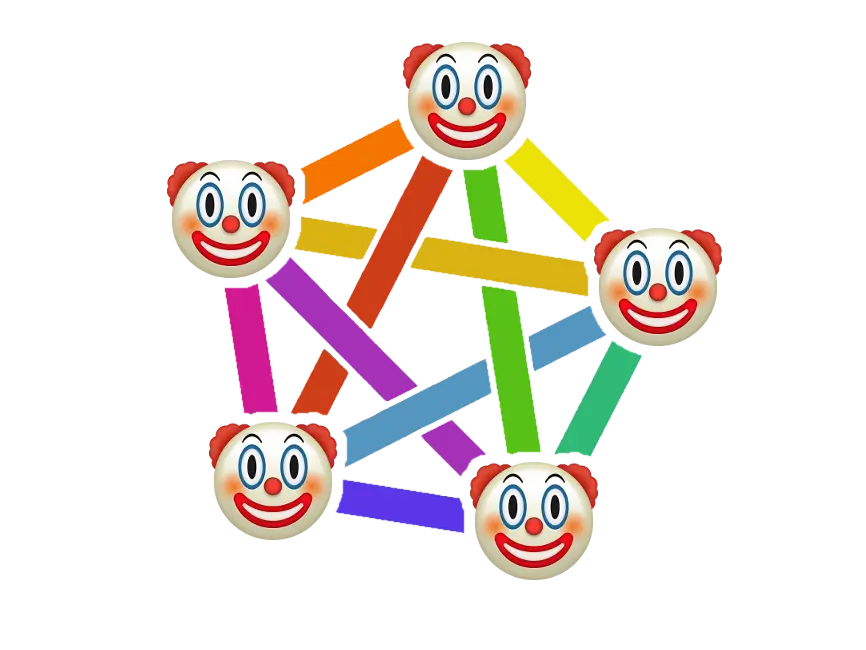

No need to apologise - you didn’t come off as a pedant, and the stuff you said is completely relevant.
Plus as I mentioned my German isn’t exactly stellar, and I only realised there was an English audio after @[email protected] pointed it out. That increases the odds I got something wrong, by quite a bit.






Okay. I could spend hours and hours criticising GNOME for a lot of things, but this is not one of them. It is not removing functionality, as the article implies; as others here highlighted, it’s simply changing a default. That’s completely fine.